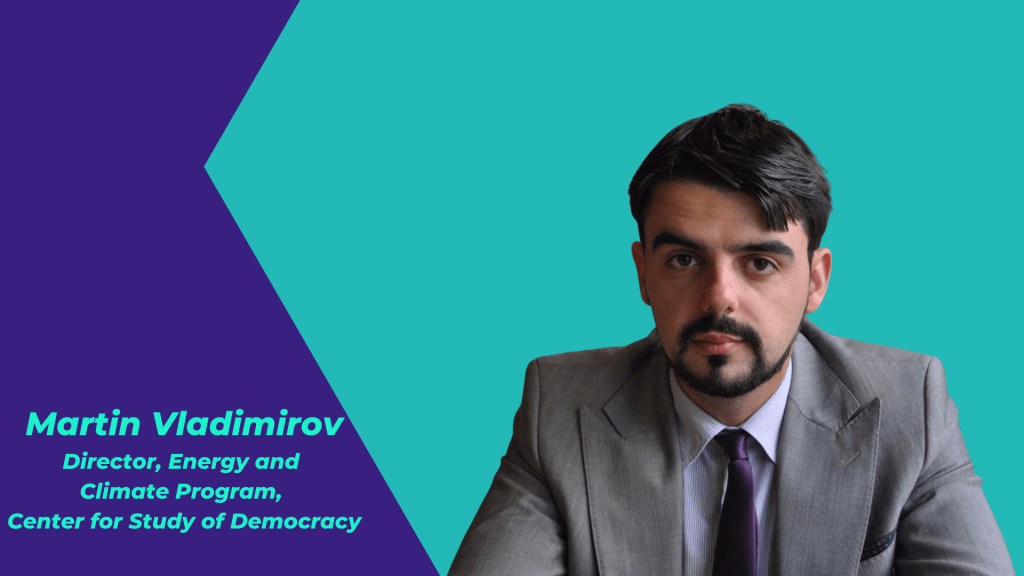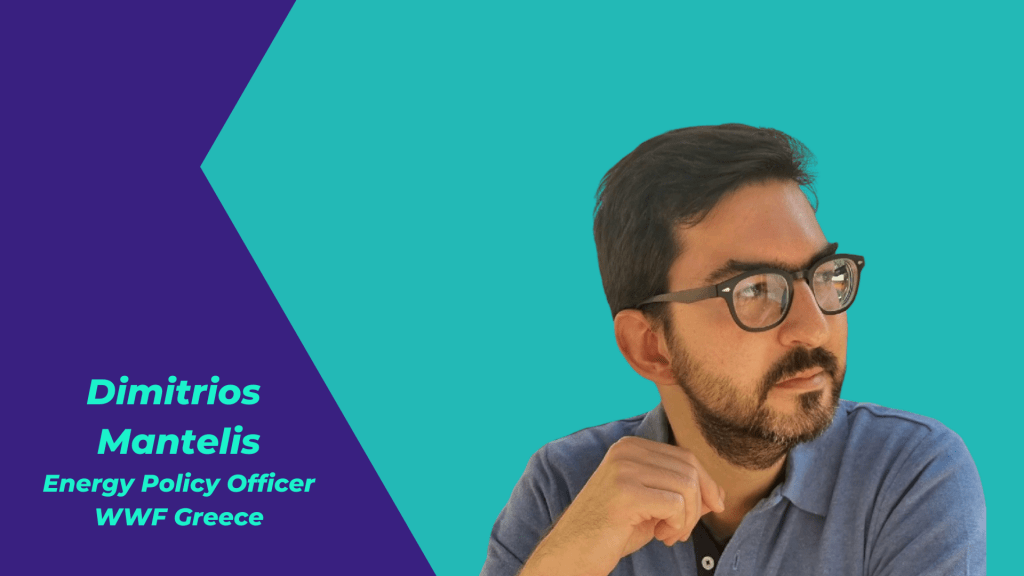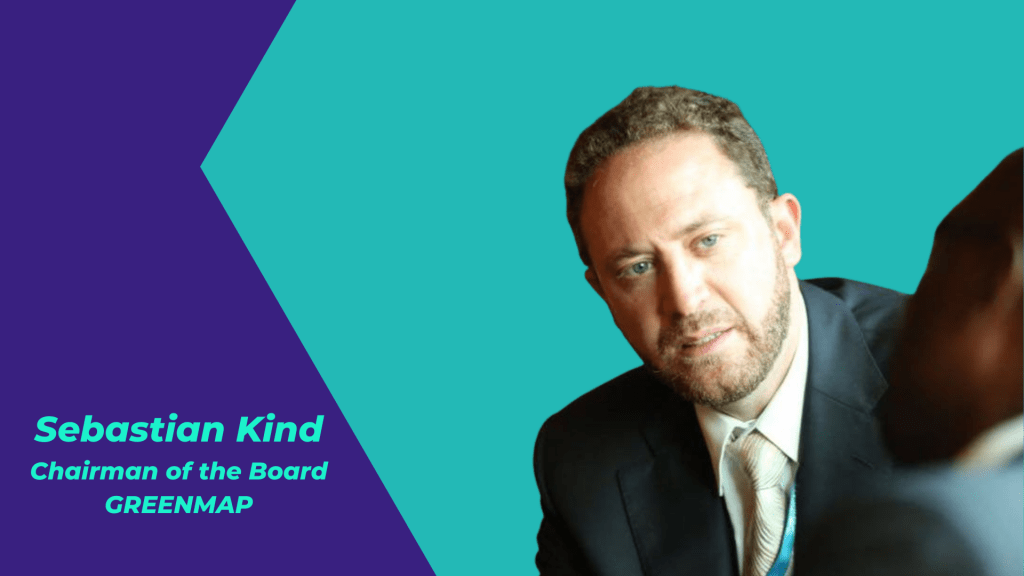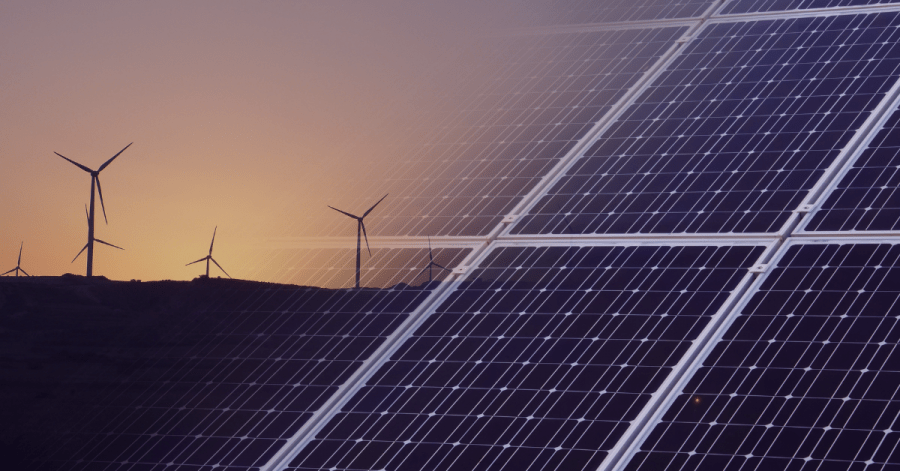The Russian invasion of Ukraine has revived a great-power rivalry between NATO and Western Europe on one side, and Russia on the other side, with consequences that may dominate international relations and economic development in the following decades. Already, it is triggering an “energy war” in Europe.
Following the annexation of Crimea in 2014, Europe had already signaled the need to achieve energy independence from Russia. Nonetheless, no serious plans were made until the former unleashed a full-scale war on Ukraine, triggering unprecedented financial sanctions from the EU, the UK, Canada, and the US. In turn, Russia is reducing gas supplies in Europe and threatening to close a major pipeline to the most Russian-dependent country in Europe, Germany.
Against this background, the European Commission and the International Energy Agency (IEA) have recently proposed substantial measures to reduce Russian influence on European gas and oil markets, as well as sanction an act of aggression against a sovereign state. Dimitrios Mantelis, Energy Policy Officer at WWF Greece, highlights the following key measures to accelerate energy independence that were discussed so far:
• Substituting coal, oil and gas from non-Russian commodities;
• Making use of coal-based national power generation units for reducing Russian dependency;
• Temporarily postponing Emission Transition System (ETS) to hold up energy prices and reduce the burden for households and businesses;
• Reconsidering investments in nuclear power plants;
• Increasing liquefied natural gas (LNG) imports to replace part of the Russian gas;
• Increasing energy saving mechanisms to reduce energy demand;
• Enhancing targets for renewable energy technologies deployment.
He further explains that the first five measures cannot ensure a sustainable future for the energy sector, nor are they aligned with the climate targets for climate neutrality. Instead, WWF Greece believes that the increased the penetration of renewable energy sources and higher energy efficiency are the only acceptable ways towards energy independence and sustainability.
To explore the topic further and highlight some key action points for Southeast Europe in the transition to energy independence, The Recursive talked to energy experts:
♦ Martin Vladimirov, Director, Energy and Climate Program at the Center for the Study of Democracy, an European public policy institute dedicated to the values of democracy and market economy;
♦ Sebastián Kind, CEO and Chairman of GREENMAP, a non-profit organization whose mission is to support governments to achieve their climate and development goals through policy design;
♦ Dimitrios Mantelis, Energy Policy Officer at WWF Greece, the local branch of the global environmental organization.
What do energy experts think?
The energy interdependence between Russia and EU will not disappear overnight
“Europe is abandoning its seventy-year-old “ostpolitik” vis-a-vis Russia and is taking a crucial step to significantly reduce its dependence on oil and gas. After decades of accommodating Russian economic influence in Europe, the Russia-Ukraine war has been a brutal wake up call. Europe has been neglecting its energy security over the last three decades, allowing European energy firms to lock themselves in asymmetrical commercial relationships with Russian oil and gas companies, ignoring the energy security concerns of the most vulnerable countries in Europe for the sake of profits and a piece of the abundant oil and gas resources in Russia,” shares Martin Vladimirov, Director, Energy and Climate Program at the Center for the Study of Democracy.

Gazprom has been successful in maintaining a dominant position on European energy markets, which culminated with the development of Nord Stream 2, the natural gas pipeline project running under the Baltic Sea, from Russia to Germany, circumventing the transit through Ukraine, and its smaller but equally potent brother in the South, the TurkStream. Even though Nord Stream 2 is canceled at the moment, it will be very difficult to break Europe’s dependence on Russia, he added.
This view is shared by Sebastián Kind, CEO and Chairman of GREENMAP. “There is a deep energy interdependence between Russia and the EU, given the role that the latter has as an importer, and the predominance of Russia in the oil and gas global market. For none of the parties would be easy to change the main trade partner, at least not in the short-term.
Many countries are still reluctant to impose severe sanctions on Russia’s energy supply mainly because they do not have an immediate alternative at hand, even considering that many new clean technologies, in particular renewable energy, have marked historical development records,” he shares, adding:
“Breaking paradigms takes time, and it would be naive to expect the transformation of the global energy system to happen in a blink of an eye.”
.
Challenges in the search for alternative gas sources
Part of the discussion about energy independence concerns the supply side. Countries are talking about finding alternative sources of gas supplies to Europe, with the European Commission proposing some ambitious plans:
“The European Commission’s goal to reduce Russian gas imports by two thirds until the next heating season will be close to impossible, even if there is 100% use of the LNG regasification capacity in Western Europe. Only 25% of the total LNG on the market can be traded on spot terms, and this amount is unlikely to be fully sold in Europe, hence unable to replace Russian gas completely.
The alternative LNG supply should be used to replenish natural gas storage facilities, which are filled at record low levels at the end of March. If we cannot increase the level of utilization of our storage facilities by the next heating season we’ll have a repeat of the skyrocketing prices we saw this winter” Martin Vladimirov explains, adding:
“It is not clear where these additional gas volumes are going to come from.”
He adds that it is very difficult to conclude long term agreements for the supply of gas with alternative suppliers over the matter of several months.
Short-term action points
Measures towards energy independence can be differentiated in terms of the timeframe in which they can be implemented successfully. Martin Vladimirov further explains what actions can be taken in the short run:
“Europe can try to increase the use of third-tier demand response tenders through which industrial gas consumers would be paid to temporarily shut down production. These companies will in turn be compensated by different types of budgetary instruments. In this way, we can reduce natural gas demand without compromising the competitiveness of businesses and their profitability. These kinds of mechanisms are already used on the electricity market, and can be extended to the gas market.”
Another short-term measure would be to replace natural gas used in district heating plants with fuel oil starting next season:
“Fuel oil would increase the demand for Russian oil but at least it could be more easily replaced. Crude oil revenues are more important for sustaining the Russian budget. So, cutting the imports of Russian oil to Europe would be a more successful strategy of changing the Russian actions in Ukraine.
Russia receives 600 million euros per day from selling oil right now, twice more than from gas. And we have seen traders reduce their purchases of Russian oil but not to the extent that we should see,” Vladimirov shares.
The biggest opportunity is scaling renewable energy
Going forward, experts agree that the clean energy transition, as well as Europe’s energy independence need to be fostered through the integration of renewable energy at scale.
Global investment in the low-carbon energy transition increased to $755 billion in 2021, up from $595 billion in 2020 and $264 billion in 2011, with renewable energy representing the largest sector in 2021, attracting $366 billion in new projects. Yet renewable energy represented only 22.1% of the energy consumed in the EU in 2020, leaving a broad space to advance towards a clean and affordable energy matrix in Europe, Sebastián Kind adds.

“In our view, the only way for energy independency will come from the “sources of freedom”, meaning the renewable energy sources. The higher RES penetration in conjunction with higher energy efficiency are the only acceptable ways towards sustainability and energy security. The transition should rely on just and social grounds, ensuring that climate and biodiversity protection will remain as top priorities towards a sustainable future.
The EU is thinking of amending its renewable energy target proposing an increase of up to 45% by 2030. To accelerate this transition, renewable energy projects and grid infrastructures should be labeled as “priority projects” and investments in that direction should be performed,” Dimitrios Mantelis, Energy policy officer at WWF Greece adds.
So, how can Europe accelerate the uptake and development of renewable energy-based power plants? Martin Vladimirov further shares the importance of policy efforts:
“Replacing natural gas fired power plants with renewables will not only reduce gas consumption but it will also decrease power market prices. One way to achieve this is to put a temporary cap on wholesale electricity prices, which would reduce the incentive of fossil fuel-based power plants to sell on the market. National governments should ramp up efforts to expand the power generation from onshore and offshore plants that could produce electricity at close to baseload capacity.”
The long term opportunity comes from increasing energy efficiency
In the long run, experts point out that Europe needs to significantly increase investments in energy efficiency:
“This is where improvements have delivered the biggest decline in natural gas demand previously. Projections for natural gas demand in the 2000s pointed to an upward direction for natural gas until 2020 and 2030, but because of energy efficiency improvements, gas demand has stayed flat in Europe. With much more effort on the energy efficiency side we can decrease gas demand by a third by 2030. This should happen in parallel with canceling all long-term gas agreements that European gas companies have with Gazprom,” Martin Vladimirov adds.
Action points for Southeast Europe towards energy independence
For Southeast European countries, the situation calls for an acceleration of the clean energy transition through the development of renewable energy at scale.
“Like no other energy source, renewable energy offers the opportunity to move forward in a more sustainable, affordable, and secure energy mix in the shortest possible time, reducing the energy dependence,” Sebastián Kind adds.
It is a strategic opportunity for a region where the potential for renewable energy is vast. “In Romania and Bulgaria, the Black Sea has a great potential for offshore wind power generation. The Center for the Study of Democracy estimates that the potential for power generation of the Bulgarian section of the Black Sea only is 116 gigawatts. A fraction of that can be developed using existing mature technologies.
Also, Southeast Europe has enormous hydropower potential, which is underutilized because many of the power plants are not properly maintained, they should be modernized. There is enormous potential for hydro storage to be based in Romania and Bulgaria but also for a better synchronization of hydropower production and storage with Western Balkans, also rich in hydropower,” Martin Vladimirov points out.

And after all, Sebastián Kind adds, compared to other parts of the world, Southeast Europe has some advantages in accelerating this transition:
- The availability of long-term financing, which is by far the biggest barrier in developing countries, to deploy renewable energy projects;
- The long road already traveled by many European countries, has left important lessons learnt on how the energy transition can be promoted efficiently.
Furthermore, experts advise it is high time for regional energy market integration.
“Greece, Romania and Bulgaria can work much more closely in enabling alternative flows of gas, especially from the Aegean Coast to Central Europe. These countries are too small to acquire on their own large volumes of LNG from the big suppliers such as the US, but if SEE countries join forces to conclude a package deal, they would have a greater bargaining power and could sign a long-term contract for delivery,” Martin Vladimirov highlights.
Finally, “we need to find ways to bring alternative gas along the existing pipelines, so that there is competition for Russian gas. And once long term contracts end, we’ll be able to replace Russian gas without risking the security of supply. Bulgaria has already announced that it will not sign a new contract with Russia after 2023. We should not be overly optimistic about that because this could mean that only private companies would be seeking new contracts; so, in the background, there may still be more gas coming but it is nonetheless a step in the right direction, in thinking about an alternative framework,” Vladimirov concludes.
Countries need to resist going back to coal
In light of countries announcing plans to reopen decommissioned coal mines, experts also agree on the importance of resisting the urge to go back to coal. Coal mines are expensive given the high price of ETS and they won’t make a substantial difference in energy prices, Vladimirov says.
He continues: “There is a path dependency problem in the European energy sector. If governments take the decision to switch back to using more coal for power generation, it will take years to reverse that decision. It is important for governments to muster the political will and overcome these natural centrifugal forces against the European Green Deal.”
“It is necessary to warn that the current situation should not tempt policy makers to go back to the old and familiar, such as coal. The solution needed must not be found in the past,” Sebastián Kind adds.
High costs to come but funding opportunities exist
As countries implement measures to gain energy independence in the long run, in the short run gas prices will inevitably continue to rise, causing even more inflationary pressure on the economy and even potential backlash.
However, “there are significant financial resources both on the EU and national level to compensate businesses and households for the increase in prices on the back of the limited supply. The idea is not to intervene and replace the current model of the market but create temporary backstops using cash subsidies for the most vulnerable groups, like the most energy intensive businesses and the energy poor,” Vladimirov adds.
Where can the money to fund these projects come from? “One funding source could be the national recovery and resilience plans, which could be restructured so that a share of that money goes to alleviating the economic impact from a potential EU ban on Russian oil and gas imports. Other instruments include the European Social Fund and the regional development funds part of the the multiannual financial framework of the EU.
Another instrument governments could use are revenues generated by the sale of ETS quotas. Because of the rise of carbon prices, governments, especially in CEE, sell many more quotas than they need to buy. At least 50% of the generated funds can be used on countering the negative economic impacts on vulnerable groups, while the other 50% can be redirected to boost the share of renewable energy power and storage in Europe,” Vladimirov shares.
It is also key to ensure that the EU funding does not go into projects and policy decisions that would lock Europe in an even greater long-term dependence on fossil fuels, he adds: “In many national recovery plans, and among the projects submitted for the modernization fund, the link between natural gas and hydrogen is clear. These projects should be reformed, because they would increase the dependence on Russian gas. We estimate that current projects planned in Central and Eastern Europe would raise the dependence on natural gas imports and by extension on Russian gas by at least one-third.”
“The world is currently facing a unique moment, both because of the social and economic risks that arise from the war, and the opportunities to make things differently. This new energy crisis comes after the global energy-related emissions of carbon dioxide rose to their highest ever level in 2021, as economies recovered from the coronavirus pandemic and coal consumption heavily increased. All the signals are pointing out that energy security and sustainability are no longer contradictory goals, and that there is no other option that moving towards a different and more inclusive energy future for all,” Sebastián Kind concludes.








